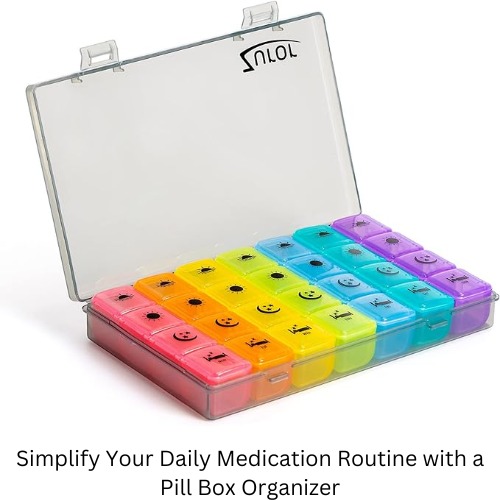In today’s competitive job market, the volume of resumes received by employers can be overwhelming. Recruiters and hiring managers often spend countless hours manually reviewing resumes, leading to inefficiencies and delays in the hiring process. However, with the advent of resume parsing software the task of sifting through resumes has been revolutionized. In this comprehensive guide, we’ll delve into the world of resume parsing software, exploring what it is, how it works, its benefits, and how you can leverage it to streamline your recruitment process effectively.
Understanding Resume Parsing Software
Resume parsing software is a powerful tool designed to automate the extraction and analysis of information from resumes. It utilizes advanced algorithms and natural language processing (NLP) techniques to parse resumes, extract relevant data points, and categorize them into structured formats that can be easily searched, filtered, and analyzed by recruiters and hiring managers.
How Parsing Software Works
The process of resume parsing software typically involves the following steps:
Data Extraction:
The parsing software scans the text of resumes and extracts key information such as contact details, work experience, education history, skills, and qualifications.
Normalization:
Once the data is extracted, the parsing software normalizes it into a standardized format to ensure consistency and accuracy. This may involve formatting dates, standardizing job titles, and categorizing skills and qualifications.
Classification:
The parsed data is then classified into different categories or fields, such as contact information, work history, education, and skills. This categorization enables recruiters to easily search, filter, and compare resumes based on specific criteria.
Database Integration:
Finally, the parsed and categorized data is integrated into the recruiter’s database or applicant tracking system (ATS), where it can be accessed, searched, and analyzed efficiently. This enables recruiters to manage and track candidate applications effectively throughout the hiring process.
Benefits of Parsing Software
1. Time Savings:
By automating the process of resume screening and data extraction, parsing software saves recruiters valuable time that would otherwise be spent manually reviewing resumes. This allows recruiters to focus their efforts on more strategic tasks, such as interviewing and candidate engagement.
2. Improved Efficiency:
Parsing software streamlines the recruitment process by quickly identifying qualified candidates based on predefined criteria and matching them to job openings. This reduces the time-to-hire and ensures that recruiters can fill positions more efficiently.
3. Enhanced Candidate Experience:
With parsing software, candidates experience a faster and more streamlined application process, as their information is accurately captured and entered into the recruiter’s database. This improves the overall candidate experience and reflects positively on the employer’s brand.
4. Better Candidate Matching:
Parsing software enables recruiters to search and filter resumes based on specific keywords, skills, and qualifications, allowing them to identify candidates who closely match the requirements of the job. This improves the quality of candidate matches and increases the likelihood of finding the right fit for the role.
How to Leverage Parsing Software Effectively
1. Choose the Right Software:
Selecting the appropriate parsing software is crucial for achieving accurate and efficient results. Consider factors such as the software’s compatibility with your existing systems, its parsing accuracy, customization options, and scalability.
2. Define Parsing Criteria:
Clearly define the criteria and keywords you want the software to identify and extract from resumes. This may include specific job titles, skills, certifications, and experience levels relevant to your hiring needs.
3. Regularly Update and Refine Criteria:
Continuously review and update your parsing criteria to ensure they remain relevant and aligned with your changing hiring requirements. This helps improve the accuracy and effectiveness of resume parsing over time.
4. Integrate with ATS:
Integrate your parsing software with your ATS or recruiting software to streamline the entire recruitment process. This enables seamless transfer of parsed candidate data into your database, where it can be easily accessed and managed.
5. Train Recruiters on Effective Use:
Provide training and support to recruiters on how to effectively leverage parsing software in their day-to-day workflow. This includes best practices for searching, filtering, and analyzing parsed resumes to identify top candidates.
Conclusion
Resume parsing software is a game-changer in the recruitment industry, empowering recruiters to efficiently manage and analyze large volumes of resumes with ease. By automating the extraction and analysis of candidate information, parsing software enables recruiters to save time, improve efficiency, and make better-informed hiring decisions. However, to fully leverage the benefits of parsing software, it’s essential to choose the right software, define parsing criteria effectively, and integrate it seamlessly into your recruitment process. By following the tips outlined in this guide, you can unlock the full potential of parsing software and streamline your hiring process for greater success.















